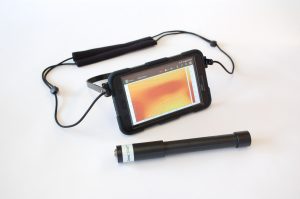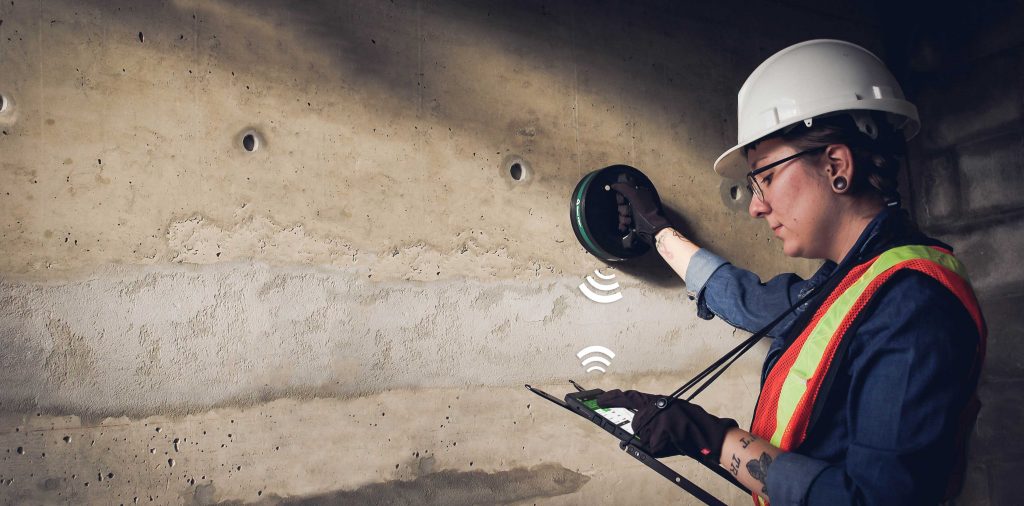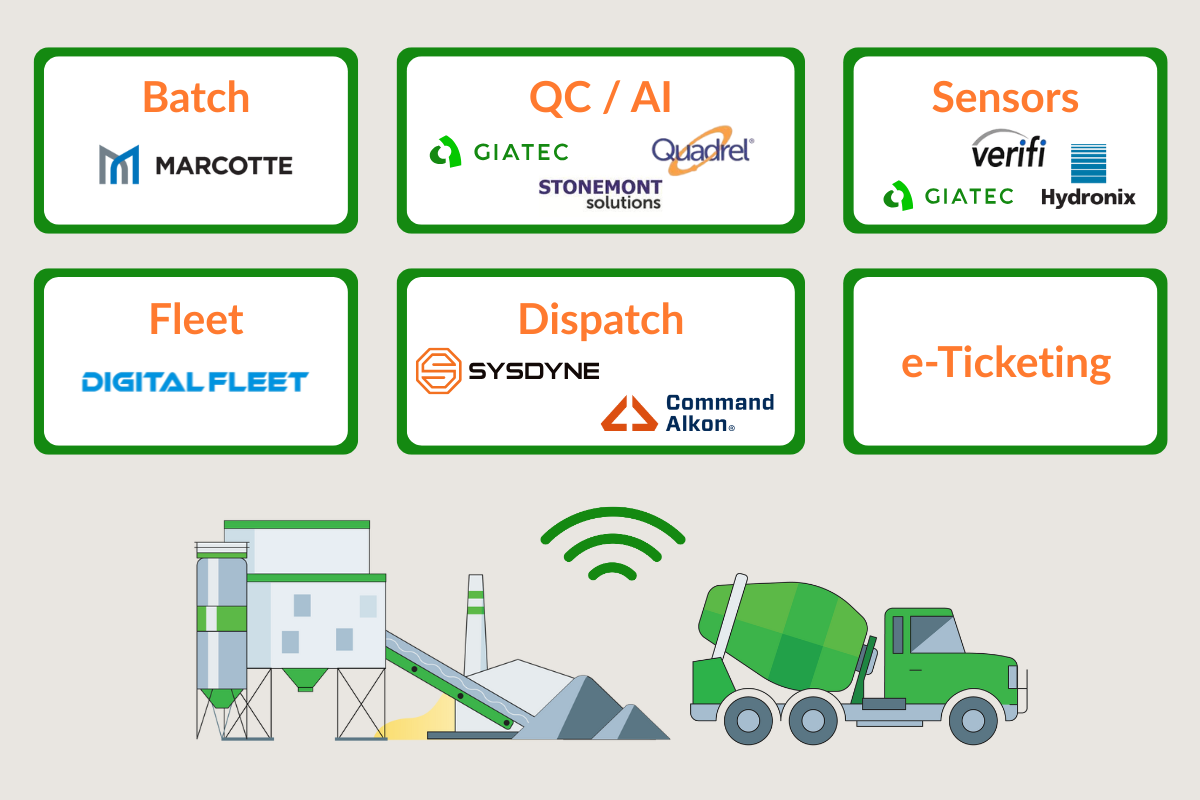Damaged and deteriorating bridges are a major concern when it comes to transportation infrastructures. According to the ARTBA Bridge Report, “1 in 3 U.S. bridges need repair or replacement” and there are over 46,100 that are considered to be structurally deficient. Each year millions of dollars are spent on keeping these bridges structurally sound and functional. This is because bridge damage tends to be the result of multiple factors. These include exposure to harsh environmental conditions, variable loading and vibration, the presence of chlorides in de-icing salts, and more. In June 2023, a section of Interstate 95 (I-95) that passes through Philadelphia collapsed due to the fire caused by the crash of a tanker full of gasoline. Officials believed that the fire may have weakened the overpass steel beams causing the collapse and ultimately the demolition. This demonstrates that even external factors can affect the safety of these structures. Keep reading and learn about different methods, both destructive and non-destructive, that will help to detect damage and repair it.
Explore 12 Futuristic Technology Trends Solving Concrete's Biggest Challenges.
6 Methods for Inspecting Bridge Damage and Deterioration
Visual Inspection
Visual inspections are often able to detect damage like potholes; however, they’re less effective at identifying problems like cracks and corrosion.
Method: Inspecting the structure with the naked eye to look for potholes, cracks, spalling, etc.
Advantages: Is an easy and straightforward approach which does not require training.
Disadvantages: While a good starting point for inspecting bridge damage, this approach does not provide a proper assessment of what is happening on the interior of the structure, and only analyzes issues in need of immediate repair.
Acoustical Techniques
Method: This is a non-destructive technique which is performed using a chain drag or hammer to identify changes in sound pitch. The test is able to detect delamination, as well as the separation of coating or the splitting of a structure into layers.
Advantages: Minimal training is required to perform the test and the equipment is relatively cheap.
Disadvantages: Tests may not be accurate due to hearing biases, requiring a “trained” ear for accurate analysis. Bridges with asphalt overlays cannot be tested using this method.
Infrared/Thermal Imaging Inspection
Method: This non-destructive practice examines changes in infrared radiation from the surface of concrete and indicates delamination.
Advantages: Can be performed quickly and even in a moving vehicle.
Disadvantages: This method cannot be performed on bridges with asphalt overlays. The data must be obtained when there is a large thermal gradient between the bridge and ambient temperatures.
Coring and Chipping
Method: A destructive technique that uses a drilled core to create a hole in order to connect to the steel reinforcement and assess corrosion damage, and mechanical and chemical properties of the concrete.
Advantages: Much more information can be obtained about the health of the concrete structure using this method.
Disadvantages: Destructive technique can, at times, be more damaging to the overall structure’s integrity. Once data has been collected, the holes must be repaired.
Ground-Penetrating Radar (GPR)
Method: This non-destructive test uses electromagnetic radiation to image the subsurface of the concrete and detect changes such as delamination, voids, and cracks.
Advantages: Provides reliable and objective quantitative data regarding the health of the concrete structure early on, rather than subjective observations taken during a visual inspection, for example.
Disadvantages: Requires high energy consumption and an expert to interpret the data.
Half-Cell Potential Test
Method: This non-destructive testing technique assesses the voltage between the steel reinforcement within the concrete and an electrode which is placed on the concrete’s surface to map corrosion activity.
Advantages: This method can detect corrosion before it progresses to the point of delamination, allowing for early repair. Giatec’s XCell™ device uses a silver/silver chloride electrode, making this NDT device more stable and accurate than those half-cell devices which use a copper/copper sulfate electrode.
Disadvantages: Depending on the device used, it can be more costly than other techniques.
Learn more about Giatec’s half-cell potential device, the XCell™ Here
Detecting the Rate of Corrosion in Reinforced Structures for the First Time with this Award-winning Device
Method: As a non-destructive testing tool, iCOR® is an award-winning device that has been recognized for its positive impact in corrosion monitoring and mitigation. Using our patented Connectionless Electrical Pulse Response Analysis (CEPRA) technology, the device is unique in its ability to perform three-in-one concrete testing measurements of: rebar corrosion rate, half-cell potential, and in-situ electrical resistivity. These measurements are critical to the success of rehabilitation projects and to the repair of concrete structures.
Advantages:
- Doesn’t require a connection to the rebar to obtain information regarding the corrosion of reinforced steel.
- Provides reliable and objective quantitative data regarding the health of the concrete structure early on. Being able to see this damage and deterioration right away allows for repair to be done before the structural integrity of the bridge reaches the point of collapse.
- Simple, single-person operation device.
- Quick testing time of 3-30 seconds.
Disadvantages: More costly than other techniques.
This is my first experience performing corrosion detection and I am very happy with iCOR®. All the results obtained from iCOR® have shown consistent results compared with other non-destructive testing methods. The application is very user-friendly, providing me very clear and useful information on-site, which allows me to perform time effective measurements.
– Milad Moghaddas, Project Coordinator/Engineer, QuakeWrap Inc.
Learn more about using the iCOR® to detect rebar corrosion Here
Editor’s Note: This post was originally published in July 2018 and has been updated for accuracy and comprehensiveness
Sources:
ASCE 2020 Report Card
Sika Building Trust













